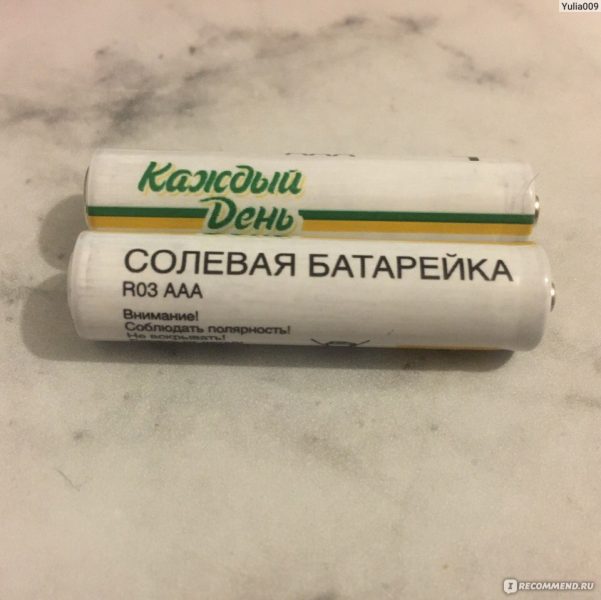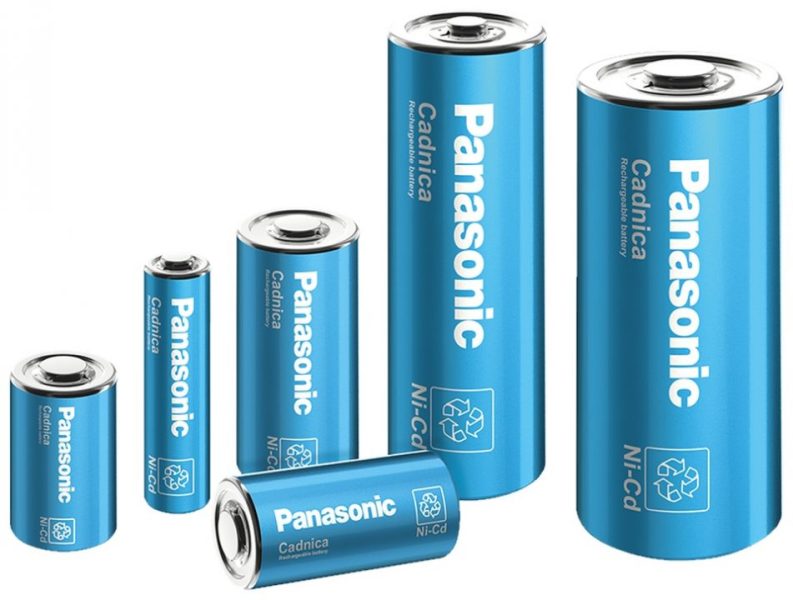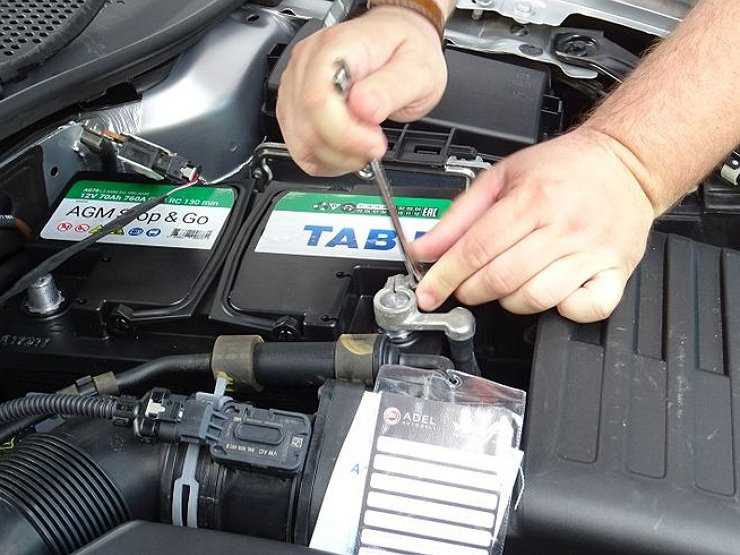
Long downtime, batteries and harmful memory effect - not in electrics, theoretically possible in self-charging hybrids
One of our readers asked us to explain the dangers of the memory effect to electrical elements. The question was whether unused batteries can “remember” the capacity to which they were charged forever. The shortest answer is this: fully Nothing to worry about, at least in the context of purely electric cars.
Memory effect and electric car or hybrid
In short: the memory effect (lazy battery effect) is the effect of fixing the state into which it discharges in the cell. It is created when an element is discharged to a certain level (eg 20 percent) and then recharged. The memory effect reduces the capacity of the cell to the level mentioned above (100 percent becomes 20).
The memory effect does NOT consist in the fact that an unused cell “remembers” the state to which it is charged (for example, 60 percent), and begins to consider it as the maximum capacity. The memory effect should also not be associated with cell degradation, which is a natural effect of their work.
> Total battery capacity and usable battery capacity - what is it about? [WE WILL ANSWER]
The memory effect extends to old Nickel-Cadmium (Ni-Cd) batteries.... Although some experts, by God's grace, mistake cadmium for cobalt, the difference is significant: cadmium is a toxic element, and its compounds are more harmful than arsenic compounds (compare: arsenic). Therefore, the use of nickel-cadmium batteries in the European Union is strictly regulated and limited.
Nickel cadmium batteries are NOT used in electric vehicles.

Lithium-ion cells are used in electric vehicles. The memory effect does not apply to electric vehicles due to the physicochemical properties of lithium-ion cells. End.
A partial memory effect is theoretically possible in self-loading (old) hybrids.as they mainly use nickel metal hydride (NiMH) cells. NiMH cells have a certain ability to record the state they are discharged into. However, we used the word "theoretically" in the description because all modern batteries - nickel metal hydride or lithium ion - are equipped with BMS (Battery Management Systems) that ensure that the cells work under optimal conditions.
Therefore, car owners are more concerned about cell degradation over time due to them. practicenot a memory effect.
Note from the editors of www.elektrowoz.pl, ONLY for those interested in this topic: Several years ago, a partial memory effect was reported in specific lithium iron phosphate cells (LiFePO).4), but after a few studies, the topic died. In the world of science, using large numbers (always, never) can be risky, so we look at this question with interest. LiFePO cells4 they are a very grateful subject of study because they have a largely flat (horizontal) discharge characteristic - in such a situation it is much easier to detect abnormalities, including the memory effect. In other lithium-ion cells, the discharge curve is usually distorted, so it is difficult to judge what memory is and what the cell's natural mode of operation is.
In any case: the electrician buyer does not have to worry about the memory effect.
> Electric car with a long stop - could anything happen to the battery? [WE WILL ANSWER]
This may interest you:
